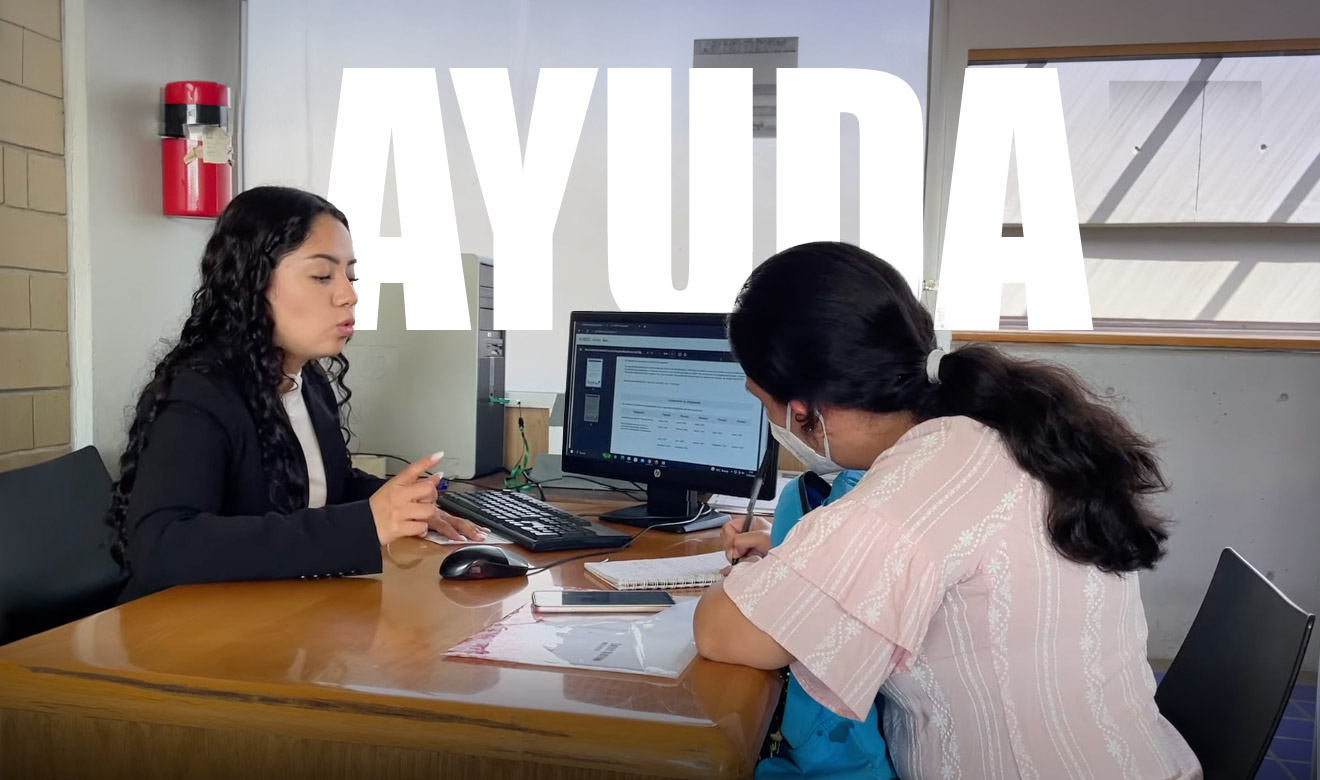the Manaslu Conservation Area in the Himalayan Mountains of north-central Nepal is a 642-square-mile protected area that has yet to be connected by road to the outside world. The route for trekkers, opened more than two decades ago, follows a deep river gorge, ascends through hardwood and conifer forests, weaves through villages, and emerges into alpine pasturelands north of Mount Manaslu, which, at 26,781 feet, is the world’s eighth-highest peak. The glacier-flanked trail then crosses a 17,000-foot pass before descending into the region of the Annapurna massif, with peaks climbing to 26,000 feet. The views on the Manaslu trek are among the most breathtaking in Nepal.
Manaslu’s local Nubri people trace their lineage to neighboring Tibet, and for centuries have herded yak and tended fields in what they view as a sacred landscape. But despite protected area status and growing dependence on trek tourism income, three road projects are converging simultaneously on this narrow, long-isolated valley.
“The lakes here are pristine, the wildlife is abundant, and our ancient culture is alive,” says local ward chairman and trekking lodge owner Pema Döndrup. “We need to preserve this area.” The valley’s old-growth forests contain trees that have escaped cutting, villagers say, because they are too large to safely fell by hand. But the new road projects will bring trucks, diesel-hydraulic excavators, and chainsaws to the region, the latter a major threat in view of the powerful hunger for lumber in Nepal’s lowland cities and in near-treeless Tibet.
The roads being built to the Manaslu region are part of an ambitious new effort in Nepal to construct paved, gravel, or dirt roads to every town and sizeable settlement in the country. As this frenzy of road construction gnaws into even the most remote valleys of the Himalayas, subsistence farmers and traders — long neglected by Nepal’s government — are hoping the roads will bring jobs, lower trade and transportation costs, and improved education and health care to the country’s far-flung corners. New roads already have expanded access and economic opportunity in populated lowland areas. But in remote areas of the Himalayas where traditional livelihoods (and trek tourism incomes) rely on unspoiled natural resources, some local officials and residents fear that the socio-economic and environmental costs of this road-building spree will be high.










